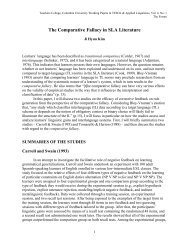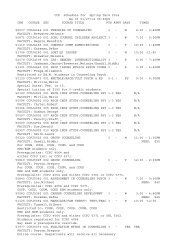UNICEF Mongolia - Teachers College Columbia University
UNICEF Mongolia - Teachers College Columbia University
UNICEF Mongolia - Teachers College Columbia University
Create successful ePaper yourself
Turn your PDF publications into a flip-book with our unique Google optimized e-Paper software.
CHAPTER 3: RECRUITMENT INTO TEACHING<br />
1<br />
2<br />
3<br />
4<br />
5<br />
6<br />
TEACHERS IN MONGOLIA: AN EMPIRICAL STUDY ON RECRUITMENT INTO TEACHING,<br />
PROFESSIONAL DEVELOPMENT, AND RETENTION OF TEACHERS<br />
44<br />
CHAPTER 3: RECRUITMENT INTO TEACHING<br />
Chapter 3 introduces a core concept in teacher educaon studies that measures the effecveness of<br />
pre-service teacher educaon: recruitment into teaching. This concept is reflected in the flagship preservice<br />
teacher educaon programs of MSUE, and this chapter compares recruitment into teaching<br />
in <strong>Mongolia</strong> with the effecveness of pre-service teacher educaon in a high-performing educaonal<br />
system (Singapore) as well as with a low-performing educaonal system (Kyrgyzstan).<br />
3.1. THE EXPANSION OF HIGHER EDUCATION IN MONGOLIA<br />
The explosive growth of higher educaon in <strong>Mongolia</strong>, as well as the problems associated with it, has<br />
been sufficiently documented in other studies. 17 From 1992 to 2007, enrollment increased more than<br />
six-fold. Most of the private terary instuons are not accredited, but regardless of their accreditaon<br />
status, they manage to aract students and charge on average $300 per year tuion. Since higher<br />
educaon instuons are tuion-driven, they offer degree programs that are cheap in delivery but not<br />
necessarily high in demand on the labor market. For example, there is an undersupply of science and<br />
technology graduates; both are fields that are costly for universies to offer due to expensive laboratory<br />
equipment and other costs. According to the World Bank <strong>Mongolia</strong> Higher Educaon Policy Note, only 36<br />
percent of university graduates have been able to find a job, compared with 60 percent of graduates from<br />
technical and vocaonal educaon programs. Also, the chances of finding a job are greater for graduates<br />
from public universies. Finally, due to inefficient financing in higher educaon, the tuion fees are<br />
extremely high and many parents, especially from rural areas, are not able to enroll their children in<br />
higher educaon. According to the World Bank study, herders spend 67 percent of their personal loans<br />
on terary educaon.<br />
The situaon has changed drascally in recent mes. As a result of economic growth and polical promises,<br />
funding for higher educaon students has undergone a major increase. Last year, the Government of<br />
<strong>Mongolia</strong> transferred 500,000 MNT to each student in higher educaon instuons from the so-called<br />
Human Development Fund to be used for tuion, in addion to providing scholarships for special groups;<br />
this is the same fund that also supplies each cizen with 21,000 MNT per month. In the academic year<br />
of 2011/12, the program is likely to connue, as it is a part of the promise the Government of <strong>Mongolia</strong><br />
made during the elecon year to “give out 1,5 mln MNT to each cizen.” Financial support for higher<br />
educaon is one of the two possible ways of receiving the “promised” allowance. The other way is using<br />
it against the loans to purchase apartments/housing. Recently, the President announced the introducon<br />
of an addional spend (70,000 MNT per month) for students at higher educaon instuons. However,<br />
it is sll not clear whether all students will receive the spend or whether it is ed to the academic<br />
performance of the student. In addion to state funds, there are also private funds for higher educaon<br />
students. 18<br />
Figure 7 presents the enrollment figures for bachelor’s programs. The programs in the social sciences,<br />
17 See, for example, World Bank. (2010). Terary Educaon in <strong>Mongolia</strong>. Meeng the Challenges of the Global Economy. <strong>Mongolia</strong><br />
Higher Educaon Policy Note. Washington, DC: Word Bank.<br />
18 Besides the government scholarships, private companies and businesses (mostly banks and mining companies) have their own<br />
scholarship programs. These programs seem to be more targeted in that they try to seek out to fund students in the programs<br />
related to their business or students from their target area. For instance, Oyu Tolgoi LLC has a scholarship program for undergraduate<br />
students from Omnogobi aimag.


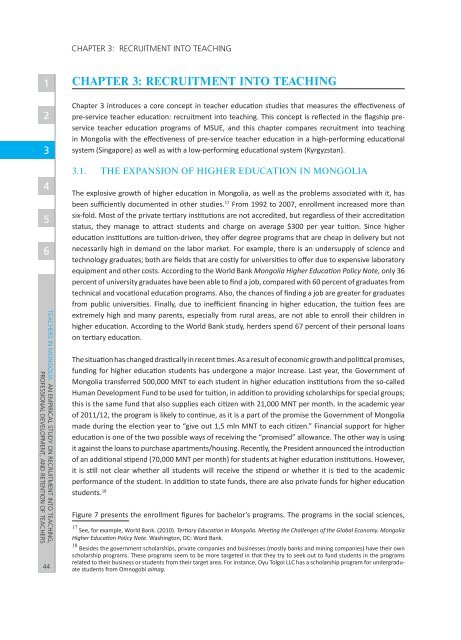
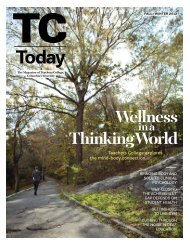

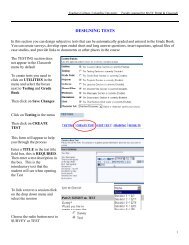

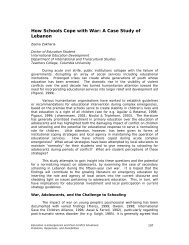

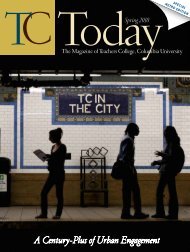
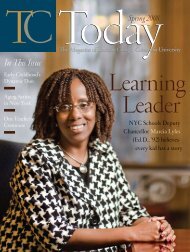
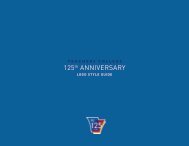


![TC Tod[...].pdf - Teachers College Columbia University](https://img.yumpu.com/27074883/1/190x252/tc-todpdf-teachers-college-columbia-university.jpg?quality=85)

